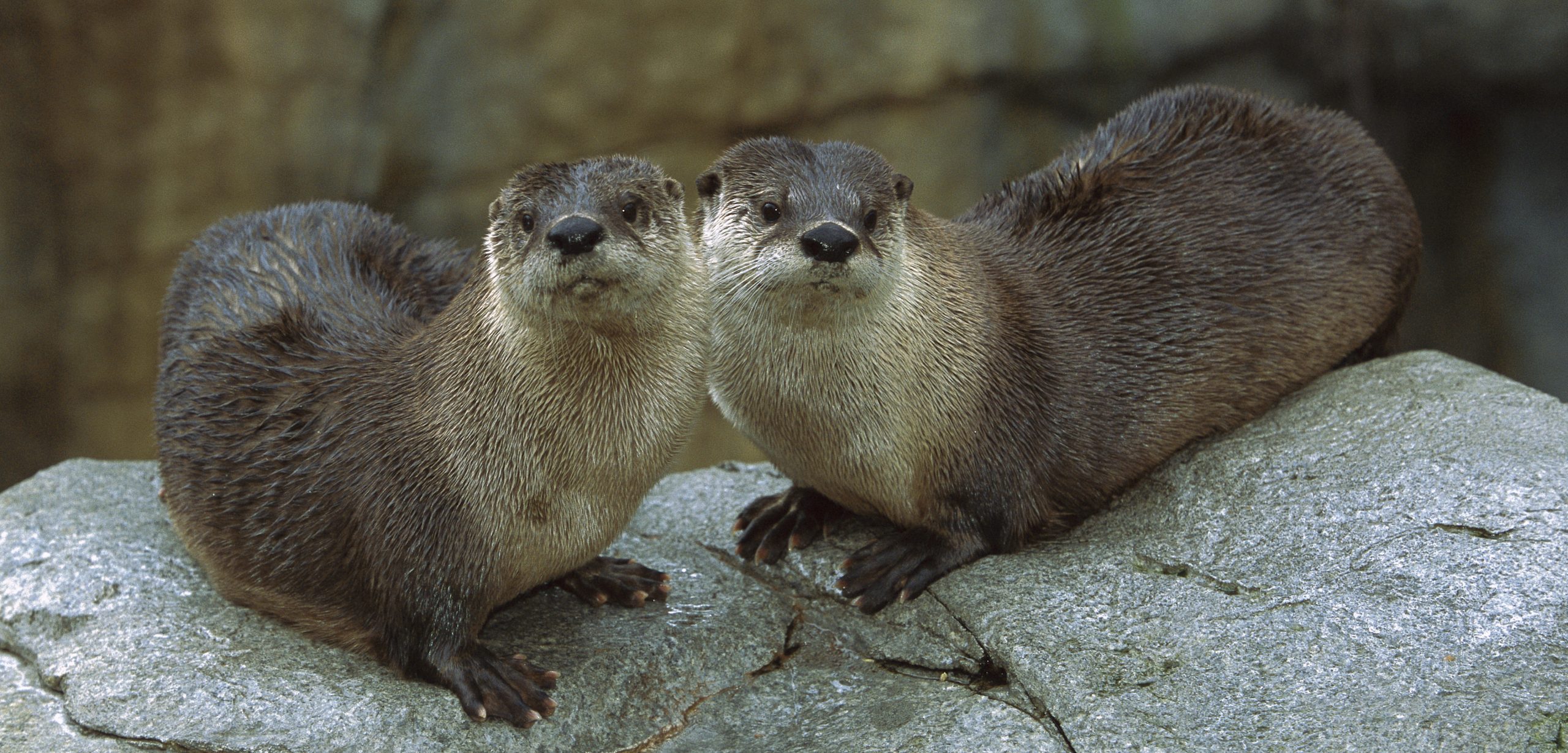The Return of the San Francisco River Otter
Sutro Sam was just a scout.
Article body copy
In the fall of 2012, an unusual visitor arrived at the ruins of San Francisco’s Sutro Baths: a river otter. “Sutro Sam” became a local sensation, charming tourists as he hunted carp from the pools of the defunct 19th-century swimming complex. But Sam was famous for more than just his charisma—he was the first river otter seen within the San Francisco city limits in more than 50 years.
Before the mid-1900s, river otters were common in the San Francisco Bay Area. Although the precise reason the otter population disappeared is unclear, it probably had something to do with the Bay Area’s growing water-pollution problem. As San Francisco grew—from a population of 350,000 in 1900 to 775,000 in 1950—the quality of the water in coastal environments plummeted. Fish stocks declined, and the otters vanished.
In 1972, the Clean Water Act sparked a turning point for controlling water pollution, and a 1961 state ban on fur trapping removed another potential threat. By the 1980s, otters were occasionally seen in Marin County, on the north side of the bay.
“[I]n the mid-1990s they made a bit of a splash because they were seen taking brown pelicans at Rodeo Lagoon in the Marin Headlands,” says naturalist Megan Isadore.
Isadore’s first encounter with river otters came in 2002, when she was working on a salmon-conservation project in Marin County. “It was late at night, and I saw their shadows slipping and sliding through moonlit patches of creek bank and heard them splashing in the shallows. When they stopped moving, five sets of shiny eyes peered up at me,” said Isadore by email.
At the time, the California Department of Fish and Wildlife maps showed there were no otters in the area, but stories of otter sightings in the Bay Area continued to surface. To fill in the gaps, Isadore and others founded the River Otter Ecology Project. Along with tracking the otters’ return, Isadore hopes to use their charisma to bring new attention to conservation issues in the area.
As part of the project, scientists and citizens have teamed up to capture a picture of San Francisco Bay’s resurging otter population. The scientists use camera traps to monitor 197 kilometers of coastline and stream banks, while a citizen-science project, “Otter Spotters,” encourages the public to submit records of their otter sightings. The group has so far confirmed that at least 50 river otters were in the area in 2013, including 18 pups. Otters are not just passing through; they’re reproducing, too.
Though river otters are often associated with fresh water, they’re at home in coastal saltwater habitats. “River otters are showing us that they’re highly adaptable predators who do very well as long as they have reasonably clean water,” says Isadore. “Large-scale restoration projects around the bay have encouraged breeding and dispersal in these coastal areas.”
The future of this fledgling otter population is still uncertain. Fifty otters is a far cry from their original population. Meanwhile, water pollution throughout the Bay Area—on land and in the ocean—still needs work. And this pollution hits otters particularly hard. Since otters sit near the top of the food chain, pollutants tend to build up in their bodies, says Isadore.
“My greatest concerns for river otters are loss of habitat due to human encroachment and lack of fish stocks as our oceans continue to warm, acidify, and degrade,” she says. “If, however, we are able to continue to conserve habitat through excellent land-use planning, restore wetlands, and protect watersheds from pollution, there’s no reason to think river otters will not continue to thrive and delight us for years to come.”
As for Sutro Sam, once he had cleaned out the Sutro Baths’ carp, he began hunting further afield, returning to the pools less frequently until he finally left the area for good. But as scientists and San Francisco’s otter spotters have shown, if Sam returns, he won’t be alone.

